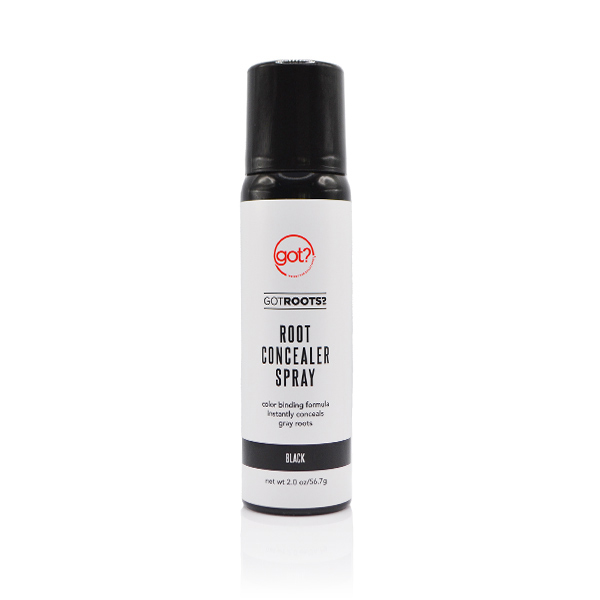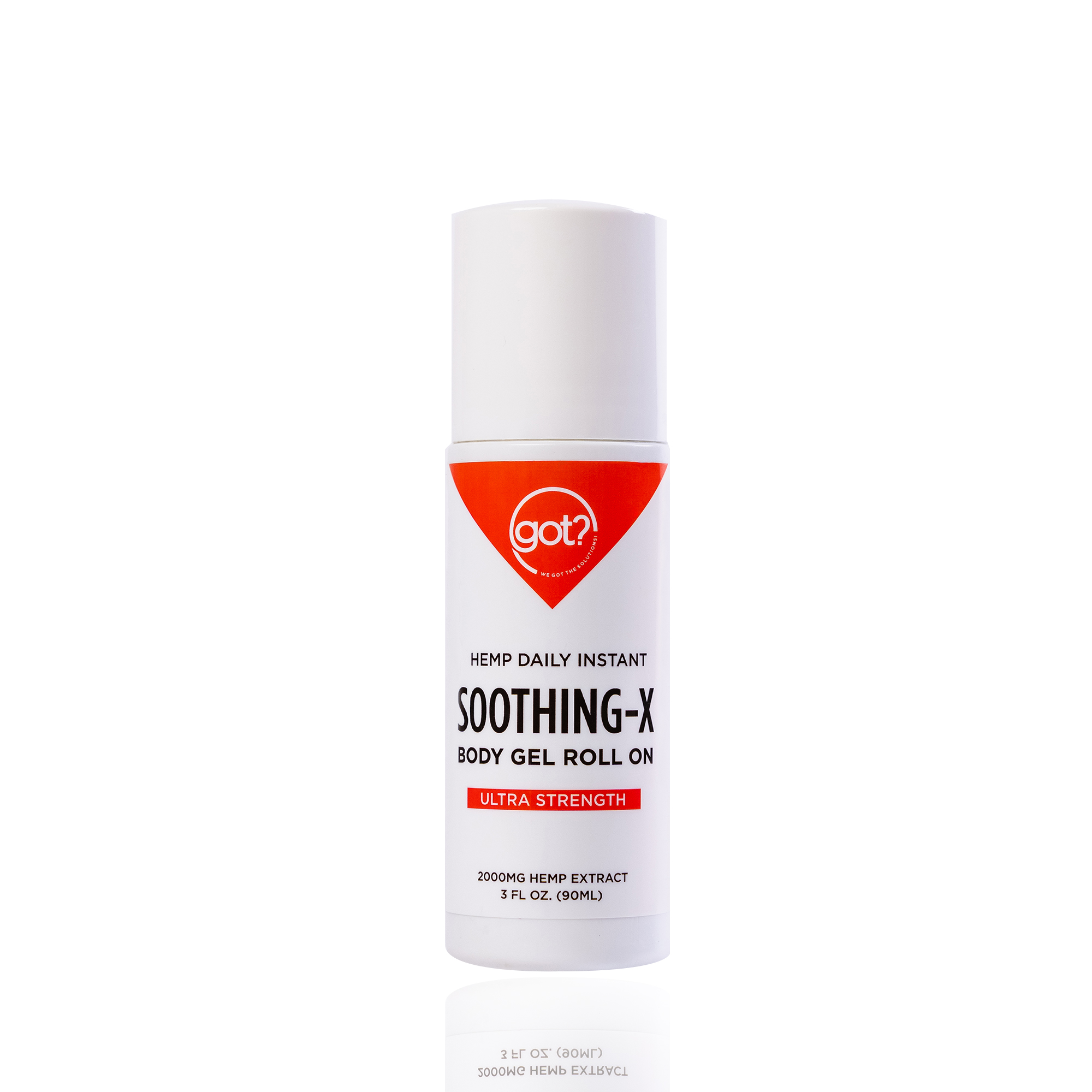Acne scars can be a frustrating reminder of past breakouts, affecting both your appearance and confidence. Traditional acne treatments often focus on preventing breakouts and treating active pimples, but they may not always address the scarring that can follow. This is where pimple patches come in. These small, adhesive bandages are designed not only to treat active pimples but also to prevent the formation of scars by promoting faster, healthier healing. Pimple patches are a relatively new addition to the skincare world, but they have quickly gained popularity due to their effectiveness and ease of use. Understanding how they work and their benefits can help you incorporate them into your skincare routine to manage acne and reduce the risk of scarring effectively.
Understanding Pimple Patches
Pimple patches are small, adhesive bandages infused with hydrocolloid, a moisture-retentive material that helps absorb pus and oil from pimples. Some patches also contain active ingredients like salicylic acid, tea tree oil, or niacinamide that further aid in reducing inflammation and promoting healing.
Benefits of Pimple Patches in Reducing Acne Scars
- Promote Healing: Hydrocolloid in pimple patches creates a moist environment that accelerates healing. This environment helps prevent the formation of scabs, which can lead to scars.
- Moist Environment: Hydrocolloid material creates a moist environment around the pimple, which speeds up the healing process by promoting new skin cell growth and preventing the formation of a hard, dry scab.
- Reduce Inflammation: Active ingredients like salicylic acid and tea tree oil in some pimple patches help reduce inflammation and redness. Lower inflammation levels decrease the likelihood of scar formation.
- Anti-Inflammatory Properties: These ingredients have anti-inflammatory properties that help calm the skin, reducing redness and swelling, which in turn minimizes the risk of post-inflammatory hyperpigmentation (PIH), a common form of acne scarring.
- Prevent Picking and Popping: One of the leading causes of acne scars is the habit of picking or popping pimples. Pimple patches act as a physical barrier, preventing you from touching and aggravating the pimple, which can lead to scarring.
- Barrier Protection: By covering the pimple, the patch prevents you from picking at it, which can cause trauma to the skin and lead to more severe scarring.
- Absorb Excess Fluids: Pimple patches absorb excess pus and oil, which helps reduce the size and severity of pimples more quickly. This faster reduction can limit the damage to the skin and prevent scarring.
- Hydrocolloid Absorption: The hydrocolloid material absorbs fluids from the pimple, reducing its size and severity overnight. This quick reduction in inflammation and infection limits the skin damage that can cause scarring.
- Shield from Environmental Factors: Pimple patches protect pimples from bacteria, dirt, and pollution, which can exacerbate the breakout and increase the risk of scarring. By shielding the pimple, the patch helps maintain a cleaner environment conducive to healing.
- Environmental Protection: By protecting the pimple from external irritants like bacteria and pollution, the patches reduce the risk of secondary infections and further inflammation that can worsen scarring.
How to Use Pimple Patches Effectively
- Clean and Dry Skin: Start with clean, dry skin to ensure the patch adheres properly and works effectively.
- Preparation: Wash your face with a gentle cleanser and pat it dry before applying the patch. This ensures the patch sticks well and can effectively absorb fluids.
- Apply the Patch: Place the patch directly over the pimple, ensuring it covers the entire affected area.
- Correct Placement: Center the patch over the pimple to ensure maximum absorption and protection. Press down lightly to secure it.
- Leave On for Recommended Time: Follow the manufacturer’s instructions regarding how long to leave the patch on, typically between 6 to 24 hours.
- Duration: Most patches should be left on for at least 6 hours, or overnight for the best results. Some can be worn for up to 24 hours.
- Use Continuously: For best results, use pimple patches consistently until the pimple has healed completely.
- Consistency: Replace the patch as needed, especially if it becomes saturated or loses adhesion. Continuous use ensures the pimple heals properly without interruption.
Additional Tips
- Choose the Right Patch: Select pimple patches with active ingredients that suit your skin type and specific acne issues.
- Ingredients: Look for patches with ingredients like salicylic acid for exfoliation, niacinamide for redness reduction, or hyaluronic acid for hydration.
- Combine with Other Treatments: Pimple patches can be part of a comprehensive skincare routine that includes cleansers, toners, and moisturizers designed for acne-prone skin.
- Skincare Routine: Integrate pimple patches with products that support skin health, such as gentle cleansers, non-comedogenic moisturizers, and sunscreen.
- Be Patient: While pimple patches can accelerate healing and reduce scarring, consistent use over time is key to seeing significant results.
- Patience: Results may vary, and it may take a few applications to see noticeable improvements. Consistency is crucial for achieving the best outcomes.
The Role of Pimple Patches in Scar Prevention
Pimple patches are a valuable tool in the fight against acne scars. By promoting healing, reducing inflammation, preventing picking, and shielding from environmental factors, they help minimize the risk of scarring. Incorporate pimple patches into your skincare routine for a practical and effective way to manage acne and reduce scars, leaving you with clearer, healthier skin.






















